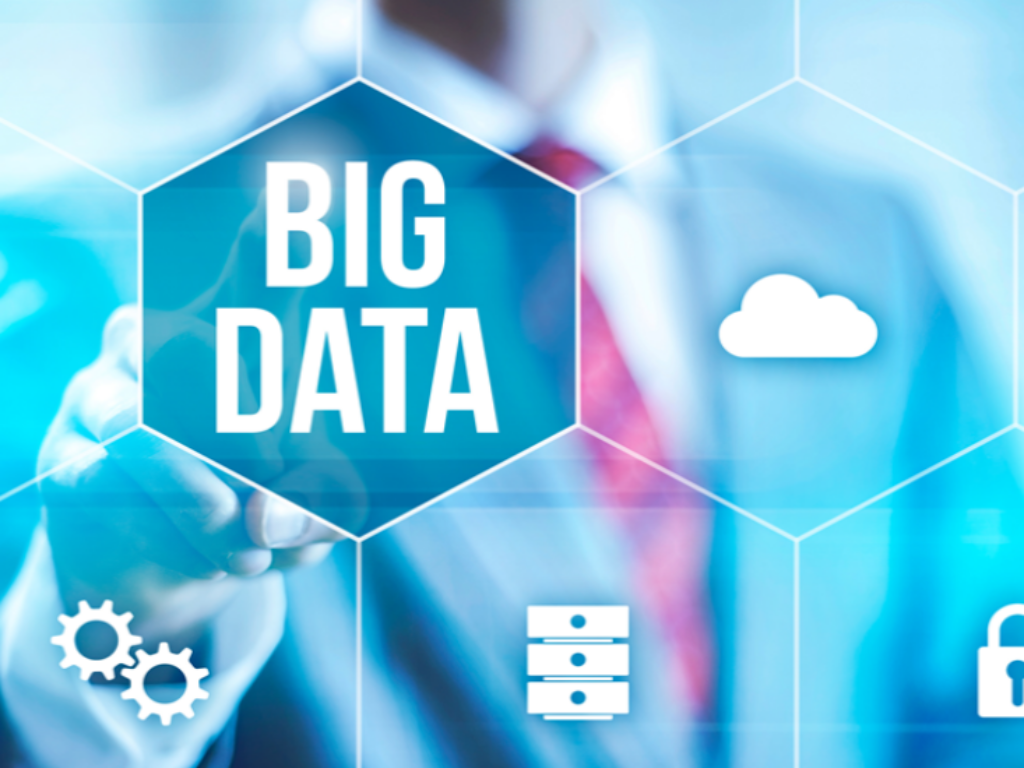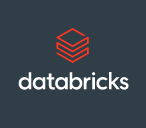In this contributed article, Sida Shen, product marketing manager, CelerData, discusses how data lakehouse architectures promise the combined strengths of data lakes and data warehouses, but one question arises: why do we still find the need to transfer data from these lakehouses to proprietary data warehouses? In this article, we’ll explore how to maximize the efficiency of lakehouses, eliminate data in motion, and streamline data management processes.
Research Highlights: Dremio Demonstrates Data Lakehouse Value with Math-Style Proof and Technical Clarity
Dremio, the easy and open data lakehouse, has published “The Data Lakehouse: Data Warehousing and More,” a novel research paper now available on arXiv. The paper explores the data lakehouse model, offering modern insights for businesses looking to optimize their data utilization. The idea through this preprint publication is to gather feedback from the open source research and scientific community and make it available to the wider community of practitioners.
Cloudera Expands Open Data Lakehouse for Trusted Enterprise AI
Cloudera, the hybrid data company, announced today an expansion of its Open Data Lakehouse offerings enabling customers to have a foundation for analytic and AI capabilities in their enterprises for all their data – in the cloud and now on-premises. Cloudera was an early proponent of Apache Iceberg, introducing support in its CDP-Public Cloud offering last year and recently rolling out support for Iceberg V2. Today, Cloudera is announcing support for Apache Iceberg for CDP-Private Cloud, available now as a tech preview and with General Availability later this summer. Cloudera delivers Iceberg everywhere customer data resides facilitating innovation anywhere.
Databricks Launches Simplified Real-Time Machine Learning for the Lakehouse
Databricks, the lakehouse company, announced the launch of Databricks Model Serving to provide simplified production machine learning (ML) natively within the Databricks Lakehouse Platform. Model Serving removes the complexity of building and maintaining complicated infrastructure for intelligent applications. Now, organizations can leverage the Databricks Lakehouse Platform to integrate real-time machine learning systems across their business, from personalized recommendations to customer service chatbots, without the need to configure and manage the underlying infrastructure.
Video Highlights: Modernize your IBM Mainframe & Netezza With Databricks Lakehouse
In the video presentation below, learn from experts how to architect modern data pipelines to consolidate data from multiple IBM data sources into Databricks Lakehouse, using the state-of-the-art replication technique—Change Data Capture (CDC).
Cloudera Continues Rapid Pace of Data Fabric and Data Lakehouse Innovation to Extend Data Management Leadership
Cloudera, the hybrid data company, announced new hybrid data capabilities that enable organizations to more efficiently move data, metadata, data workloads and data applications across clouds and on premises to optimize for performance, cost and security. Cloudera’s portable data services enable simple, low-risk data workload and data application movement for ultimate data lakehouse optionality.
Cloudera Launches All-in-One Data Lakehouse Cloud Service
Cloudera, the hybrid data company, announced the launch of Cloudera Data Platform (CDP) One, an all-in-one data lakehouse software as a service (SaaS) offering that enables fast and easy self-service analytics and exploratory data science on any type of data. A simple yet powerful cloud service, only CDP One has built-in enterprise security and machine learning (ML) that requires zero cloud, security or monitoring operations staff for lower TCO and reduced risk.
Databricks Announces Major Contributions to Flagship Open Source Projects
Databricks announced that the company will contribute all features and enhancements it has made to Delta Lake to the Linux Foundation and open source all Delta Lake APIs as part of the Delta Lake 2.0 release. In addition, the company announced MLflow 2.0, which includes MLflow Pipelines, a new feature to accelerate and simplify ML model deployments. Finally, the company introduced Spark Connect, to enable the use of Spark on virtually any device, and Project Lightspeed, a next generation Spark Structured Streaming engine for data streaming on the lakehouse.
Databricks Announces General Availability of Delta Live Tables
Databricks, the Data and AI company and pioneer of the data lakehouse paradigm, announced the general availability of Delta Live Tables (DLT), the first ETL framework to use a simple declarative approach to build reliable data pipelines and to automatically manage data infrastructure at scale. Turning SQL queries into production ETL pipelines often requires a lot of tedious, complicated operational work. By using modern software engineering practices to automate the most time consuming parts of data engineering, data engineers and analysts can concentrate on delivering data rather than on operating and maintaining pipelines.
Dremio Announces Open and Forever-Free Lakehouse Platform, Dremio Cloud, In Partnership with AWS
Dremio, the lakehouse company, announced the general availability of Dremio Cloud, the free data lakehouse platform and the addition of two new services: Dremio Sonar, a lakehouse engine built for SQL, and Dremio Arctic, a metadata and data management service for Apache Iceberg that provides a unique Git-like experience for the lakehouse. Dremio Sonar is now generally available, and Dremio Arctic is in public preview.









